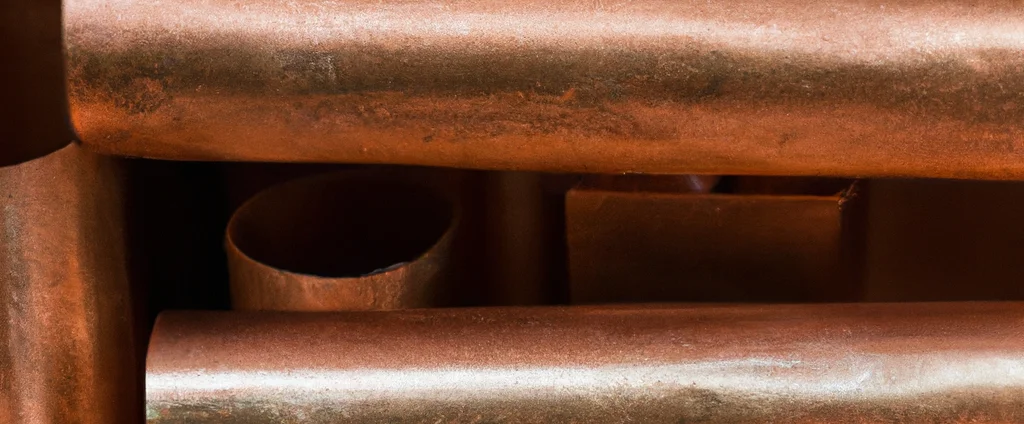Copper (UNS C18000)

Copper C18000 is a high-performance copper alloy that belongs to the group of copper-nickel-silicon alloys. It is renowned for its excellent electrical and thermal conductivity, as well as its high strength and wear resistance.
| Chemical Composition | ||
|---|---|---|
| Element | Min | Max |
| Copper | 95.3% | 97.4% |
| Chromium | 0.4% | 0.8% |
| Iron | —— | 0.15% |
| Nickel | 1.8% | 3.0% |
| Silicon | 0.4% | 0.8% |
The following table provides a list of copper C18000 properties in both SI and US customary/Imperial units.
Click on the button to switch between Metric and Imperial units.
| Physical Properties | Metric |
|---|---|
| Density | 8750 kg/m3 |
| Mechanical Properties | Metric |
| Tensile Strength (Ultimate) | 580 MPa |
| Tensile Strength (Yield) | 480 MPa |
| Young’s Modulus (E) | 115 GPa |
| Elongation at Break | 10% |
The values in this table are approximate and can vary depending on various factors such as the specific manufacturing process and heat treatment applied to the alloy.
Advantages & Disadvantages of Copper C18000
| Advantages | Disadvantages |
|---|---|
| Electrical conductivity | High cost |
| Thermal conductivity | Limited availability |
| Corrosion resistance | Sensitivity to certain environments |
| High strength | |
| Machinability |
Applications of Copper C18000
Copper C18000 is utilized in various industries for different applications due to its unique combination of properties. Key applications include:
- Electrical connectors and terminals: Its excellent electrical conductivity and corrosion resistance make it suitable for applications that require efficient and reliable electrical connections. Commonly used in connectors, terminals, and bus bars in electrical and electronic devices.
- Switches and circuit breaker components: The high strength and conductivity of this alloy make it an ideal choice for switches and circuit breaker components. It can handle high currents and provide reliable performance.
- Welding electrodes and tips: With high thermal conductivity and good resistance to wear and heat, it is suitable for welding applications, including electrodes, resistance welding tips, and spot welding.
- Heat sinks and cooling components: Due to its excellent thermal conductivity, it is used in heat sinks and cooling components to efficiently dissipate heat from electronic devices, power systems, and machinery.
- Automotive components: Used in electrical connectors, terminals, and sensor components, where its high conductivity ensures efficient electrical performance in automotive systems.
- Aerospace components: In the aerospace industry, it is employed in electrical connectors, terminals, and other components that require high conductivity and resistance to corrosion in challenging environments.
- Medical equipment: Its biocompatibility, along with its electrical and thermal properties, makes it suitable for certain medical equipment, including connectors, probes, and electrodes.
- Heat exchangers: The alloy’s thermal conductivity makes it suitable for heat exchangers, where it facilitates the efficient transfer of heat between fluids.
